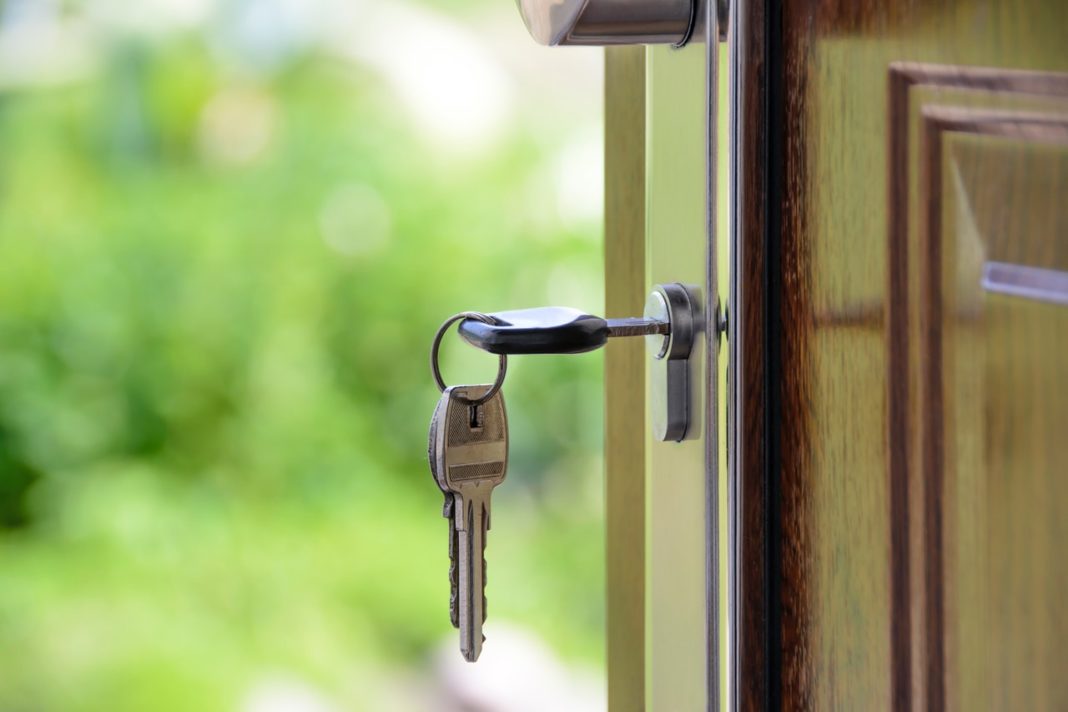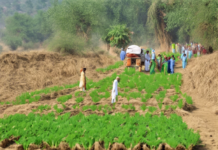You may have seen several business opportunity seekers selling you the dream of real estate investing. But many of them won’t tell you that it takes quite a bit to get started. Real estate investing, or even just flipping a property for profit, can cost tens of thousands of dollars to get off the ground.
Some think that increasing rent is enough to start making money in real estate. Real estate farming has earned a bad reputation. Many people think it’s shady and not very profitable. They started thinking that way since they see “farms” out there buying properties with no real plan. But you’re different. Read on from this post to learn more about real estate farming.
What is Real Estate Farming?
Real Estate Farming is real estate investing. You find an income-producing property and sell fractions of the Upcoming Cash Flow to investors looking for diversification and regular monthly income or cap rate arbitrage opportunities.
The form of real estate investing deals with single-family homes. The investor typically buys the house for cash or a small down payment (say 5%) and then sells future cash flow via contracts for deed or lease options. The investor may use real estate farming postcards.
Reasons why Real Estate Farming Works
Passive Income With Real Estate Farming
Passive income is essentially money you make without actively working for it. Real estate farming provides passive income because you don’t have to manage the properties you buy actively. You can collect rent from them and then sit back and watch your money grow without lifting a finger.
A Valuable Asset When You’re Done
When you finish with your properties, what do you have? If you’re like most people, all you have is a bunch of bills and maybe some equity in your home but nothing precious to show for it all.
The best thing about real estate farming is that at the end of your journey, when you’ve bought enough properties and sold them off, what do you have? You have a list of valuable assets in the form of properties that sell well above.
A Low Barrier to Entry
The most important feature of real estate farming is that it does not require much capital. You can get into this business with as little as $500 or $1,000 down, and then you can start generating income immediately. It makes it very attractive to investors that don’t have access to large sums of money.
High Return on Investment
With low risk and a low barrier to entry, real estate farming can make more money than some other forms of investment. The average rate of return on investment is around 40%, which is higher than the stock market returns.
The number can vary depending on the nature of your investment properties, but it’s a good idea to look for properties that will generate at least 25% in annual cash flow from day 1.
Conclusion
Real estate farming can be a great way to become a landlord, buy the property, and rent it out. It’s not a get-rich-quick scheme, but it pays in time as you make money off of the property as it appreciates over time. It is imperative to know and learn how real estate farming works, especially if you are interested in reaping the blessings that come with it.









